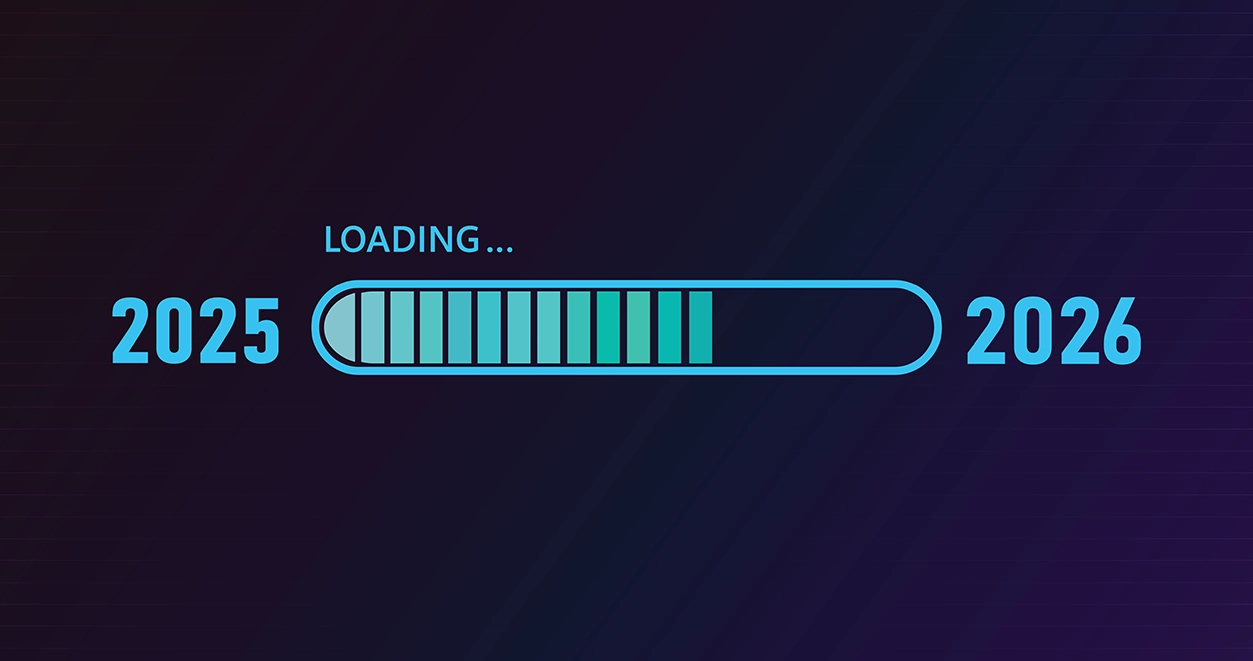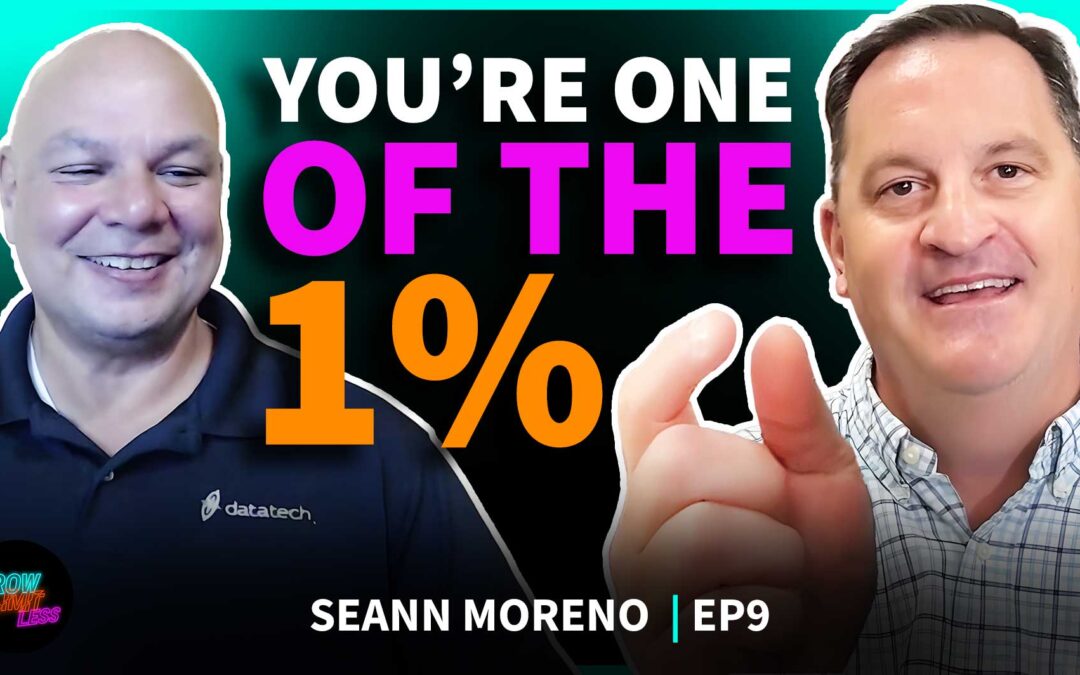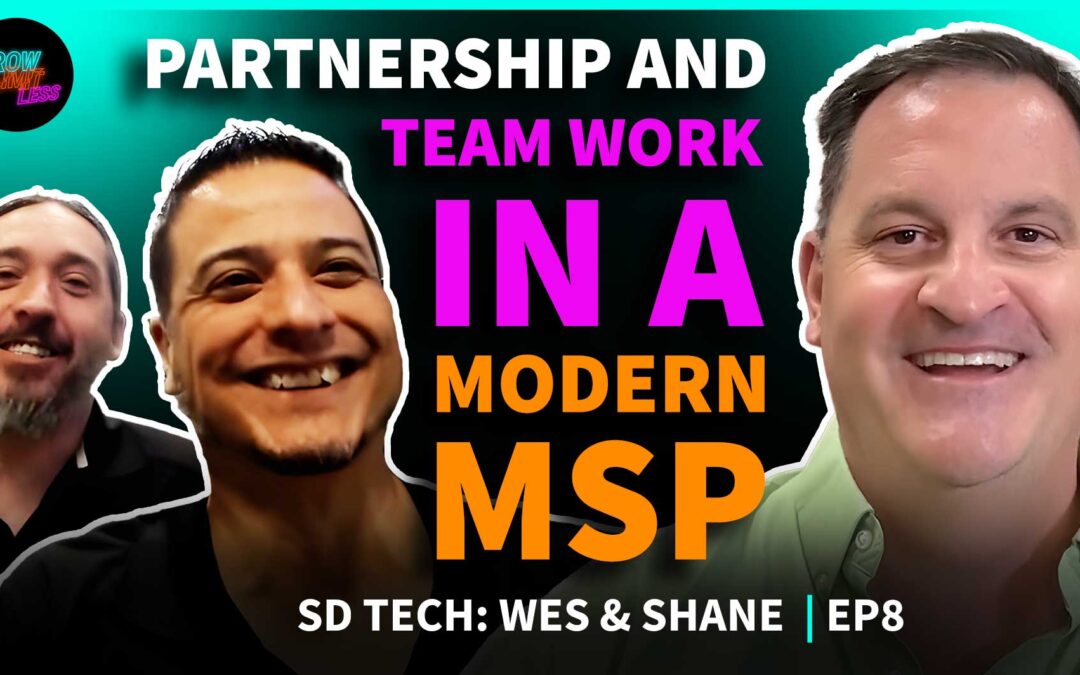A Guide for Global Technology Partners
In the race to grow your channel program, build MSP relationships and increase market share, global technology partners are missing a key piece of the puzzle: end-user influence. You can have the most powerful partner program in the industry and the most competitive product in your category, but if your buyers don’t know who you are, you’ve already lost the sale.
Most technology vendors rely heavily on indirect selling. They invest in MDFs, build out partner programs, run co-branded campaigns and create deal registration flows, but when it comes to direct marketing, many back away, fearing conflict with their channel. What happens next is what we call the “lost channel.” Your brand gets dropped into an MSP’s proposal and the end user Googles you. If your website speaks only to partners, you’ve just missed your moment of influence.
Let’s break down why that matters and how you can fix it.
What is the “Lost Channel” and Why Does it Happen?
The lost channel isn’t a formal part of your go-to-market strategy. It’s the invisible part you didn’t plan for. It’s the moment between when a partner proposes your solution and when a buyer independently researches your brand, and this is where many vendors drop the ball.
Vendor websites often assume the visitor is a partner, reseller or distributor. Pages are filled with channel-focused messaging, technical spec sheets, portals, enablement materials and pricing tiers. There’s often little to no content designed for the actual business decision-makers who are using or approving your product, and that’s a problem.
According to Gartner, 83% of a B2B buying decision is made before a potential customer ever talks to a sales rep. Whether the sale is direct or indirect, buyers are researching on their own, and that research starts online.
If your digital presence doesn’t support both indirect and direct models, you’re not setting your partners or your brand up for success.
Why Your Website Matters to End Users (Even if You Don’t Sell Direct)
Every partner sale is still a buyer sale. That means your product is being evaluated not just by the MSP, but also by the MSP’s client. If that client lands on your website and sees only partner-focused content, here’s what they’re thinking:
- Is this product really for me?
- What does it actually do?
- Why should I choose it over a competitor?
- Why haven’t I heard of this before?
Without clear, benefit-driven answers, confidence disappears. Confused buyers push back, stall decisions, or reject your product altogether. Your partner is left scrambling to save the deal, possibly substituting your brand for another they can explain more easily.
In a competitive market, that lost clarity equals lost revenue.
How Global Technology Partners Can Fix This
Being channel-first doesn’t mean being buyer-blind. Smart vendors understand that brand-building and partner enablement are not mutually exclusive; they’re complementary. You don’t have to choose between supporting your channel and creating demand. You need to do both.
The fix starts with your website and your digital presence. Here’s what to focus on:
1. Create Two Clear Paths: One for Partners, One for Buyers
Your homepage should make it immediately obvious where each type of visitor should go. Use CTAs and navigation options that say things like:
- For Business Buyers: Learn How Our Solution Solves [Problem]
- For Partners: Access Tools to Sell and Support Our Solution
This approach guides both audiences without confusion or compromise.
2. Speak the Language of Business Problems, Not Just Features
End users aren’t looking for specs or channel margins. They’re looking for solutions to business problems. Your messaging should focus on outcomes like:
- Improve compliance with less manual work
- Reduce downtime across departments
- Lower IT operating costs
Your product pages should explain how your technology works, but more importantly, why it matters to a business decision-maker.
3. Show Proof
Include testimonials, customer stories and real-world case studies that focus on business results. Show the impact your product has in environments similar to your buyers. Data builds trust and trust builds deals.
4. Optimize for Search
If your end users are Googling you, then you need to show up. This is where technology marketing automation becomes critical. SEO, paid ads, content marketing and lead capture strategies are what allow vendors to be found before the partner conversation even happens.
This early awareness increases trust and accelerates close rates.
The Direct/Indirect Balance: It’s Not Either/Or
Every vendor should support two paths to market:
- Indirect: Supporting MSPs and partners with tools, content, training and campaigns that help them close more deals
- Direct: Building your brand, generating awareness, educating buyers and passing those leads to your channel
This is the foundation of a strong Brand + Demand Generation Strategy because it allows you to be visible and valuable to everyone in your ecosystem, not just your partners.
When you focus only on the indirect channel, you put all the pressure on MSPs to generate demand and carry your brand, but your MSPs are not brand marketers. They’re salespeople, service providers and trusted advisors.
By helping them with ready-made demand, you’re shortening the sales cycle and removing friction.
How to Measure if You’re in the Lost Channel
Ask yourself these questions:
- Does our website clearly explain what our product does and who it helps?
- Can a business decision-maker understand our value in under 30 seconds?
- Do we have content specifically created for end users?
- Are we capturing leads directly from our website or digital campaigns?
- Do we provide partners with leads, or do we expect them to find their own?
If you answered “no” to any of these, you’re in danger of being lost in the middle: too indirect to build brand awareness, too direct to empower your partners, and not impactful enough on either side.
How Marketopia Helps Global Technology Partners Get Found
At Marketopia, we help global technology partners eliminate the lost channel by building strategies that support both buyer and partner journeys.
- We build websites that speak to both end users and partners with clarity and confidence.
- We run technology marketing automation campaigns that generate leads and brand awareness.
- We create brand and demand generation strategies that connect every part of your channel ecosystem, from first touch to final sale.
We also offer a Vendor Lead Calculator to help you understand how many leads you need to generate to support your goals and how we can help you get there.
Conclusion: Don’t Let Your Brand Go Missing
Your website is often the first touchpoint for buyers, even when you’re selling through MSPs, and that moment matters. When your brand is invisible, unclear, or overly focused on partners, you lose influence and deals.
By investing in your digital presence and balancing both direct and indirect efforts, you give your channel everything it needs to succeed. You’re not just selling through partners; you’re building a trusted, recognizable brand that buyers ask for by name.
Want help building that strategy? We’re here for you. Learn more about our brand and demand generation strategy or contact us today to get started.









